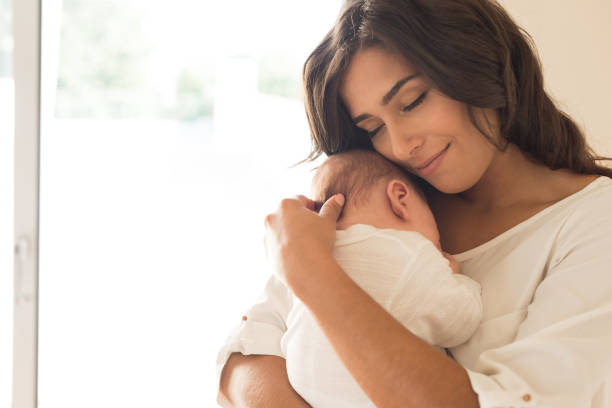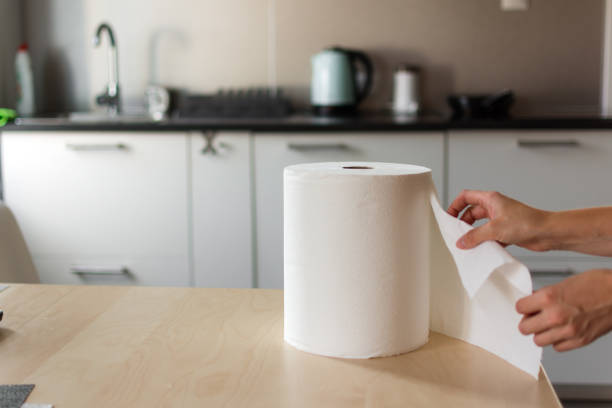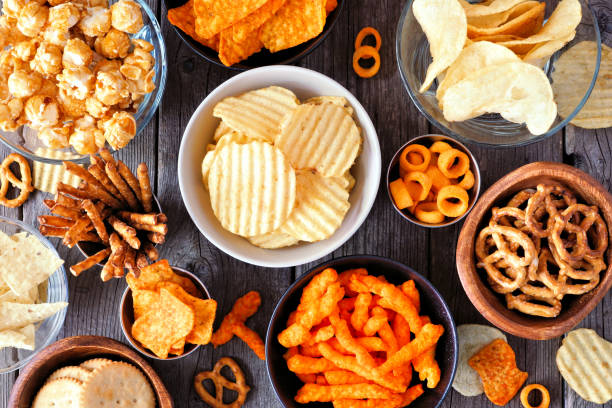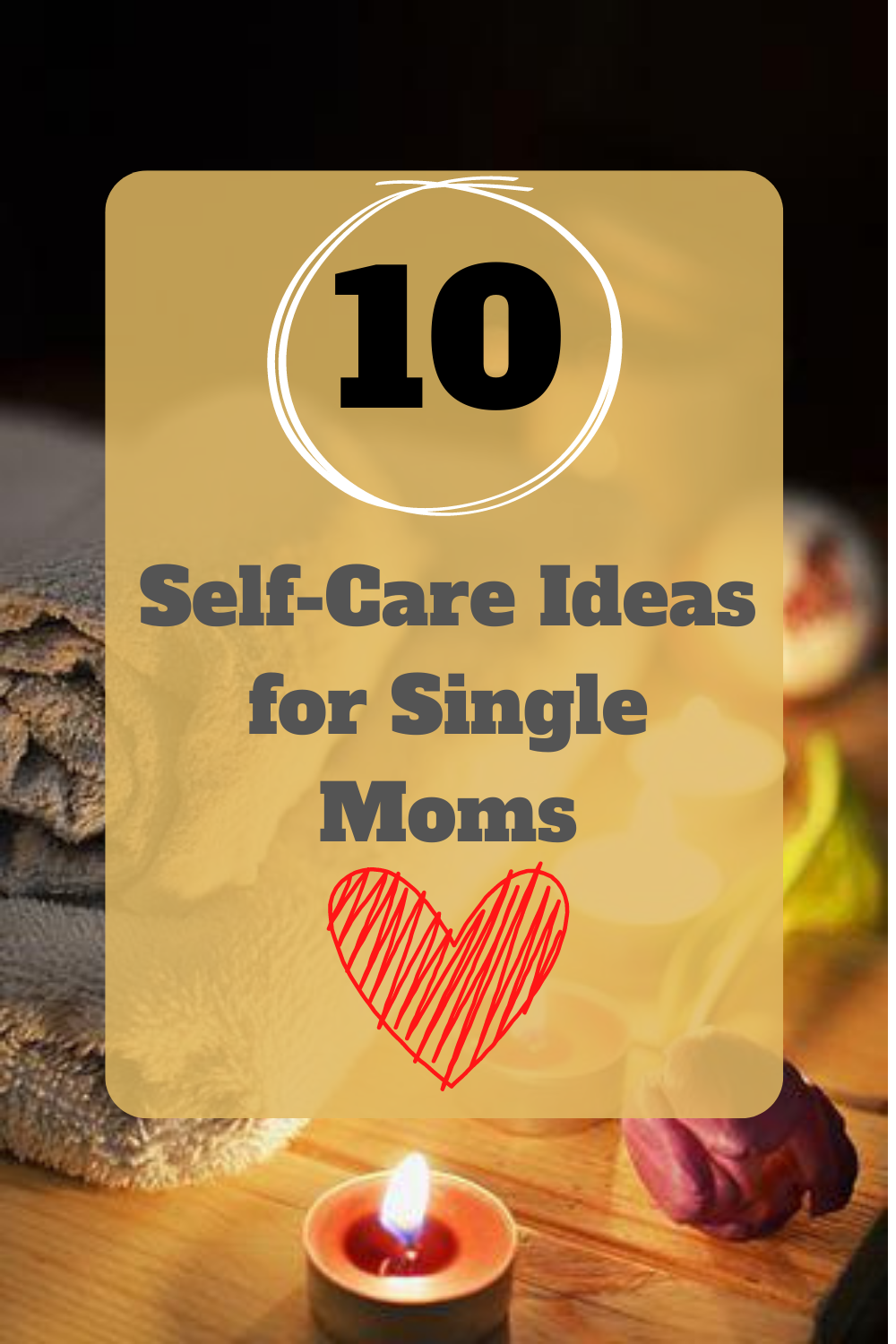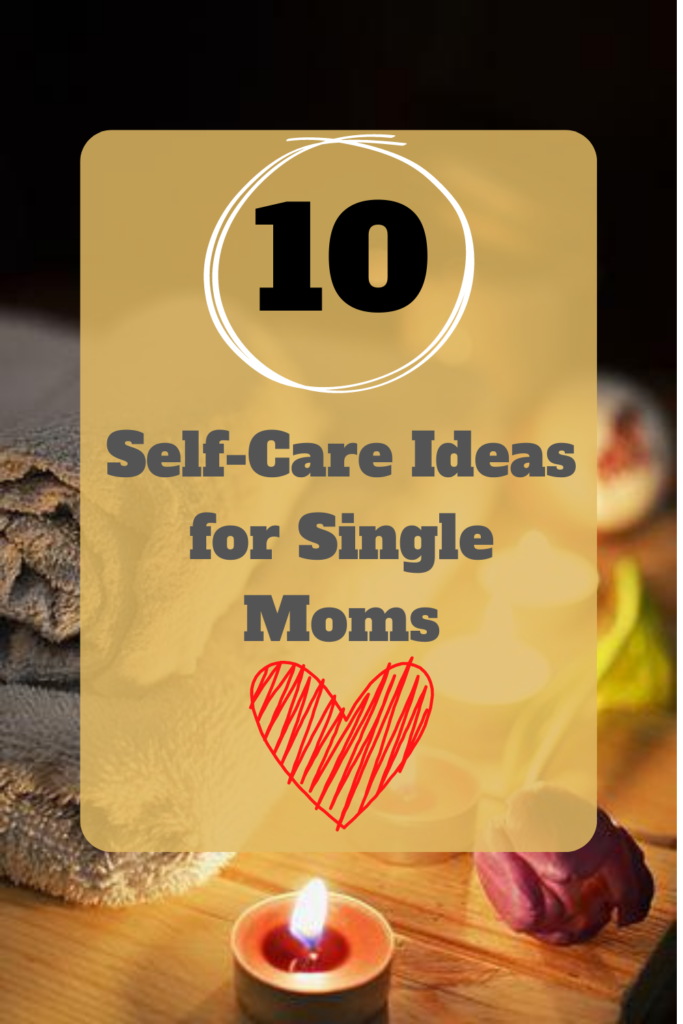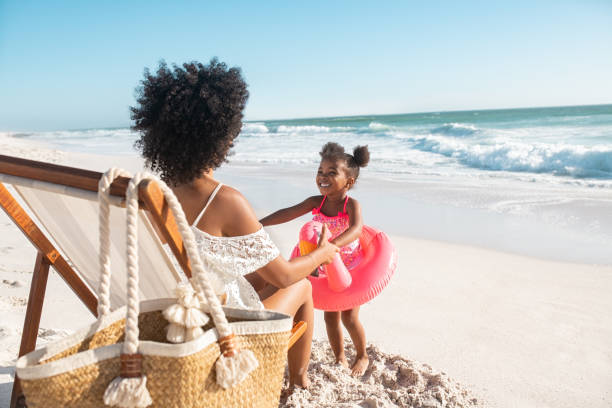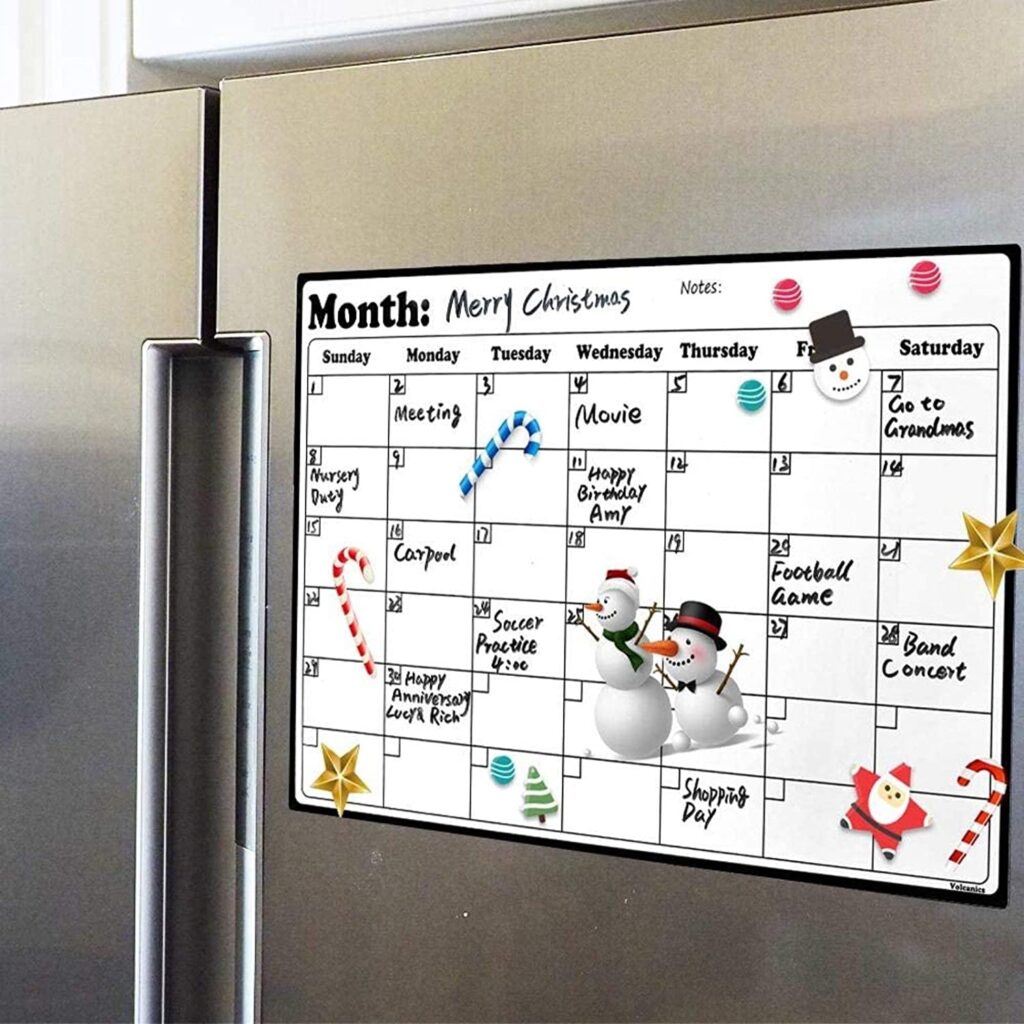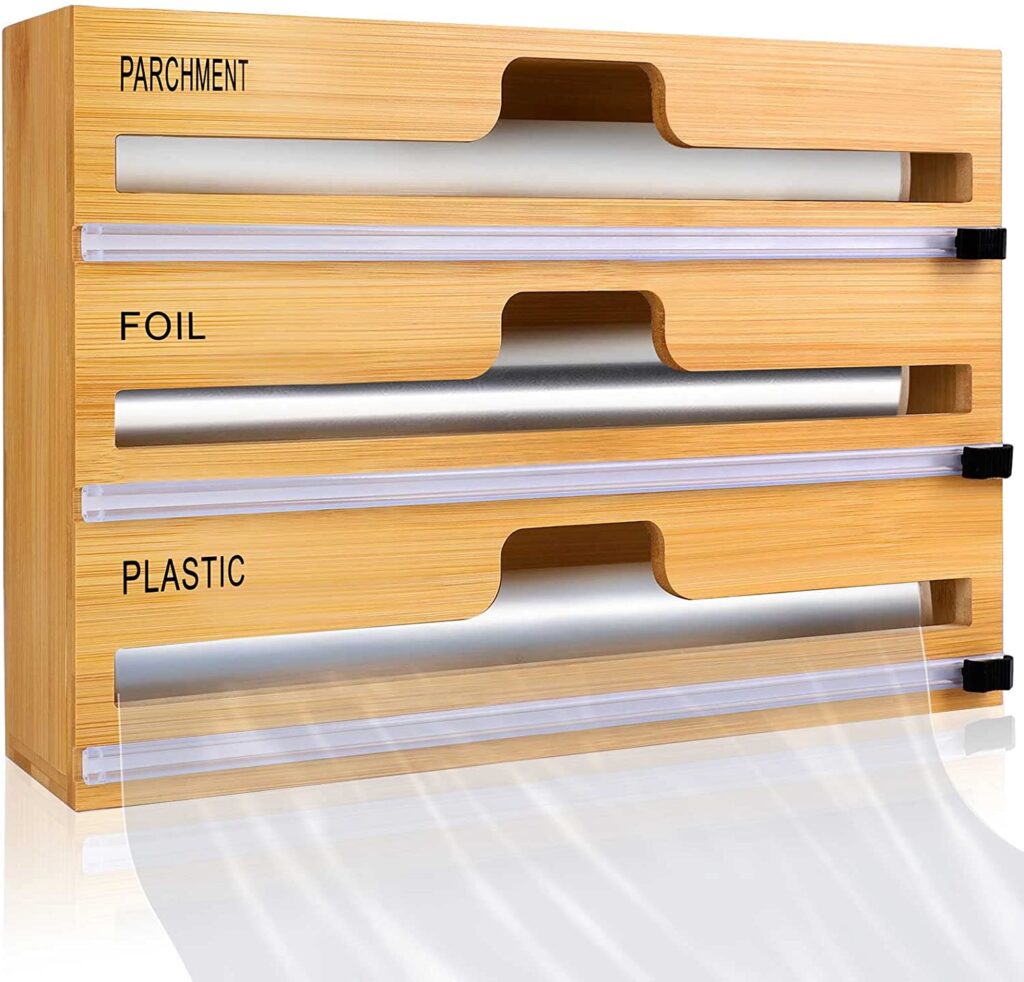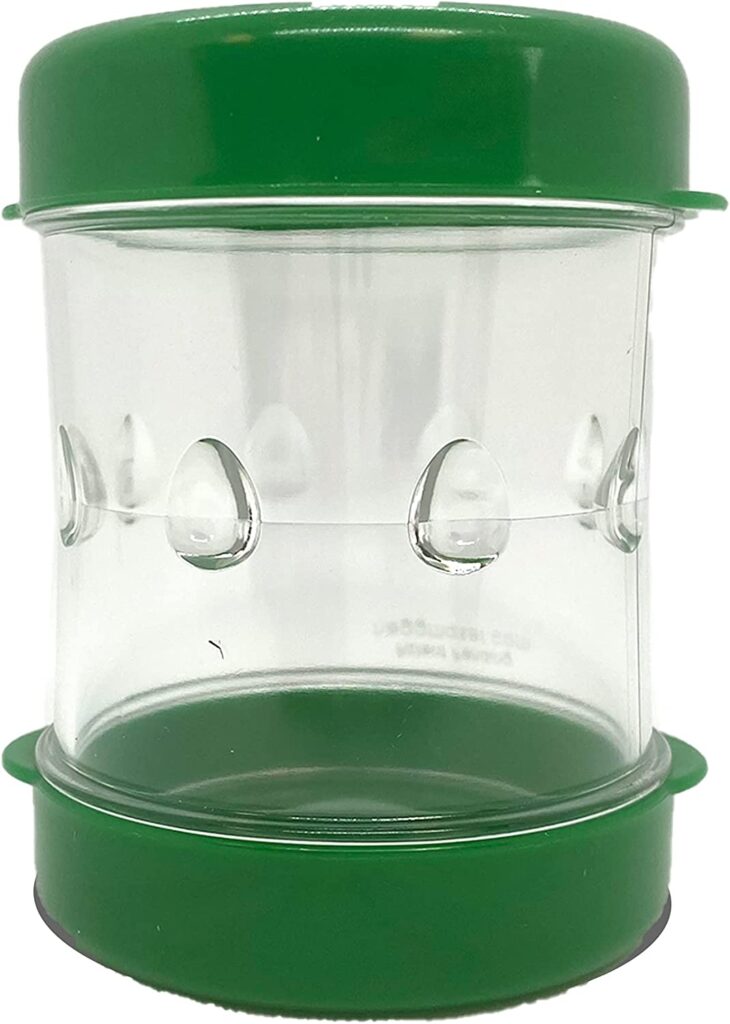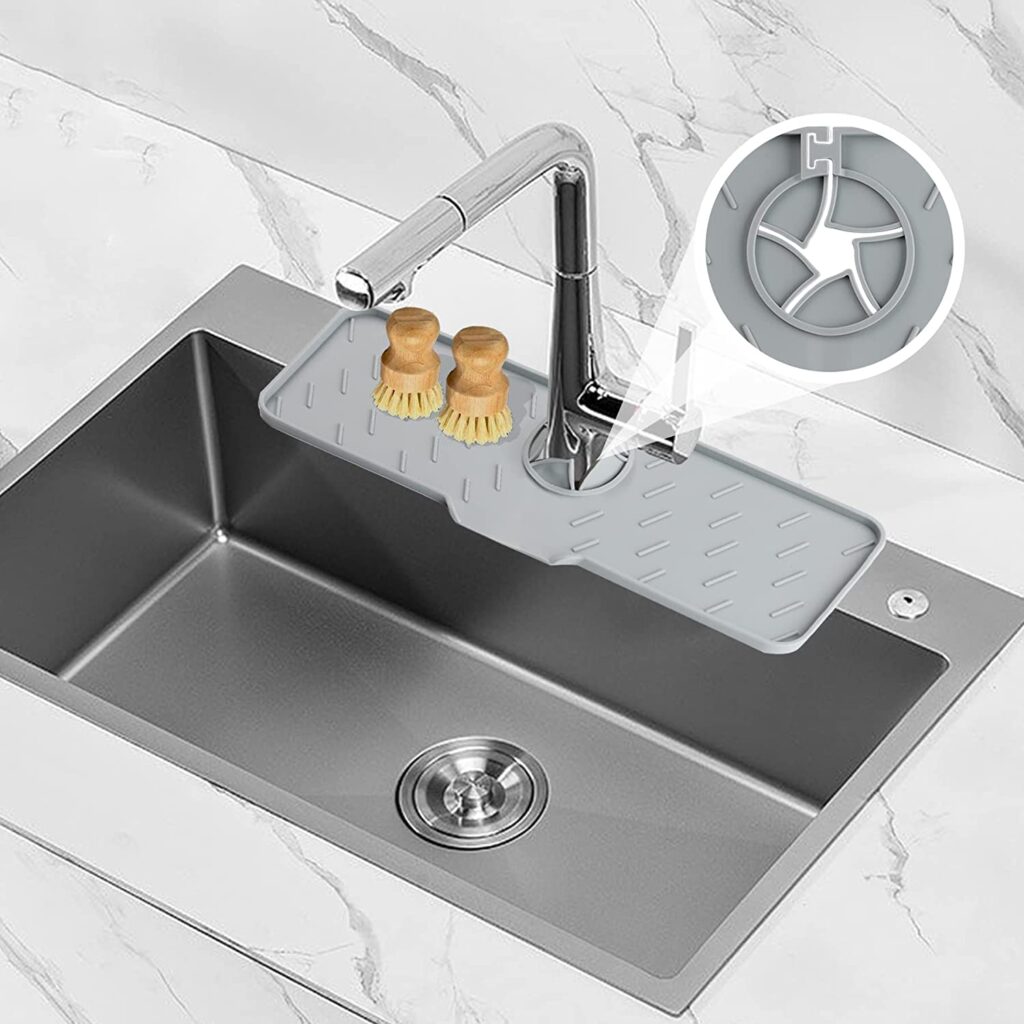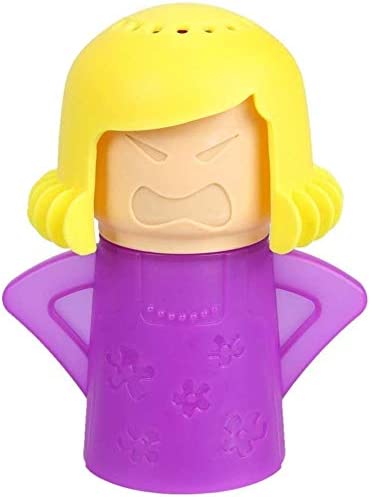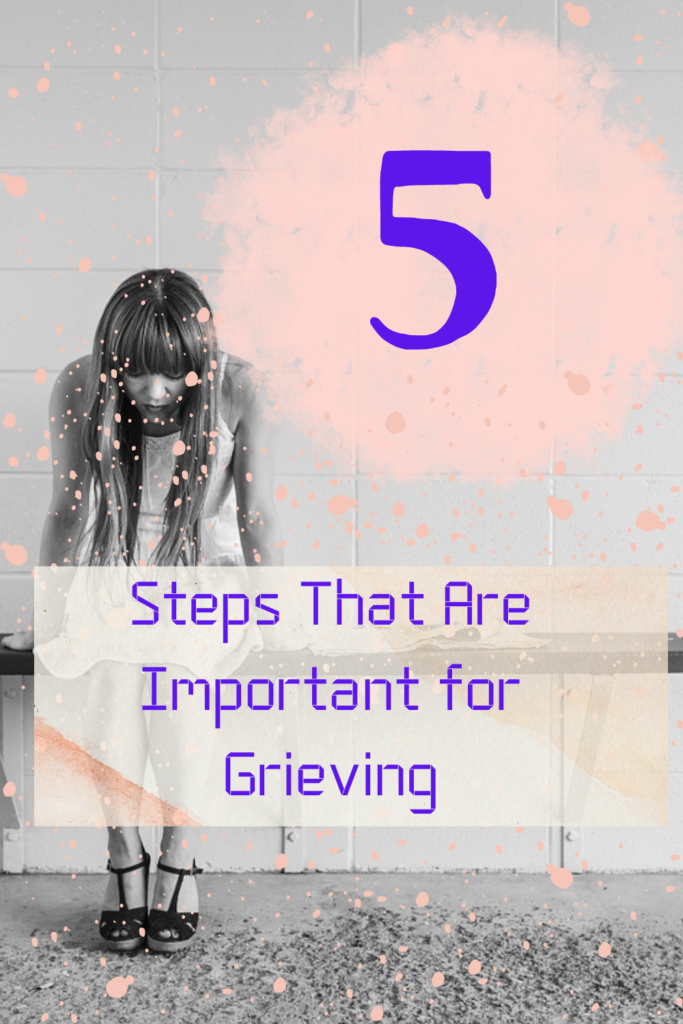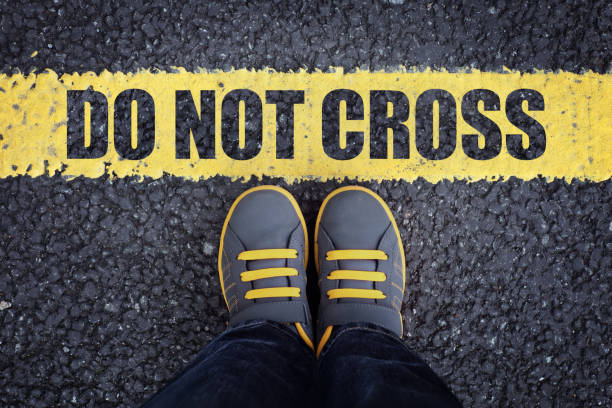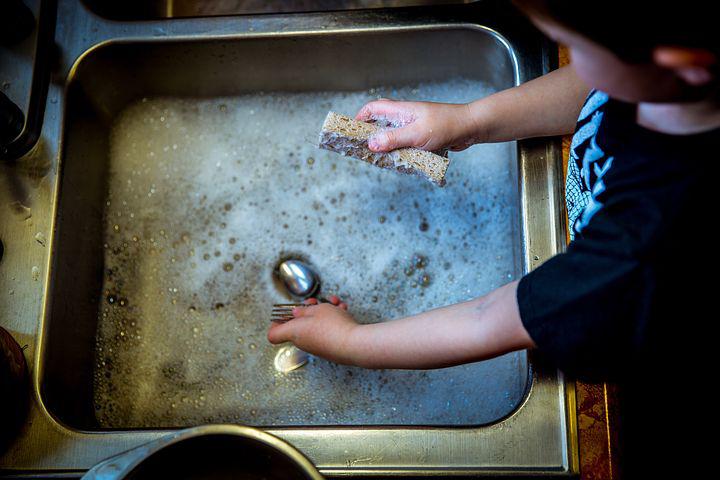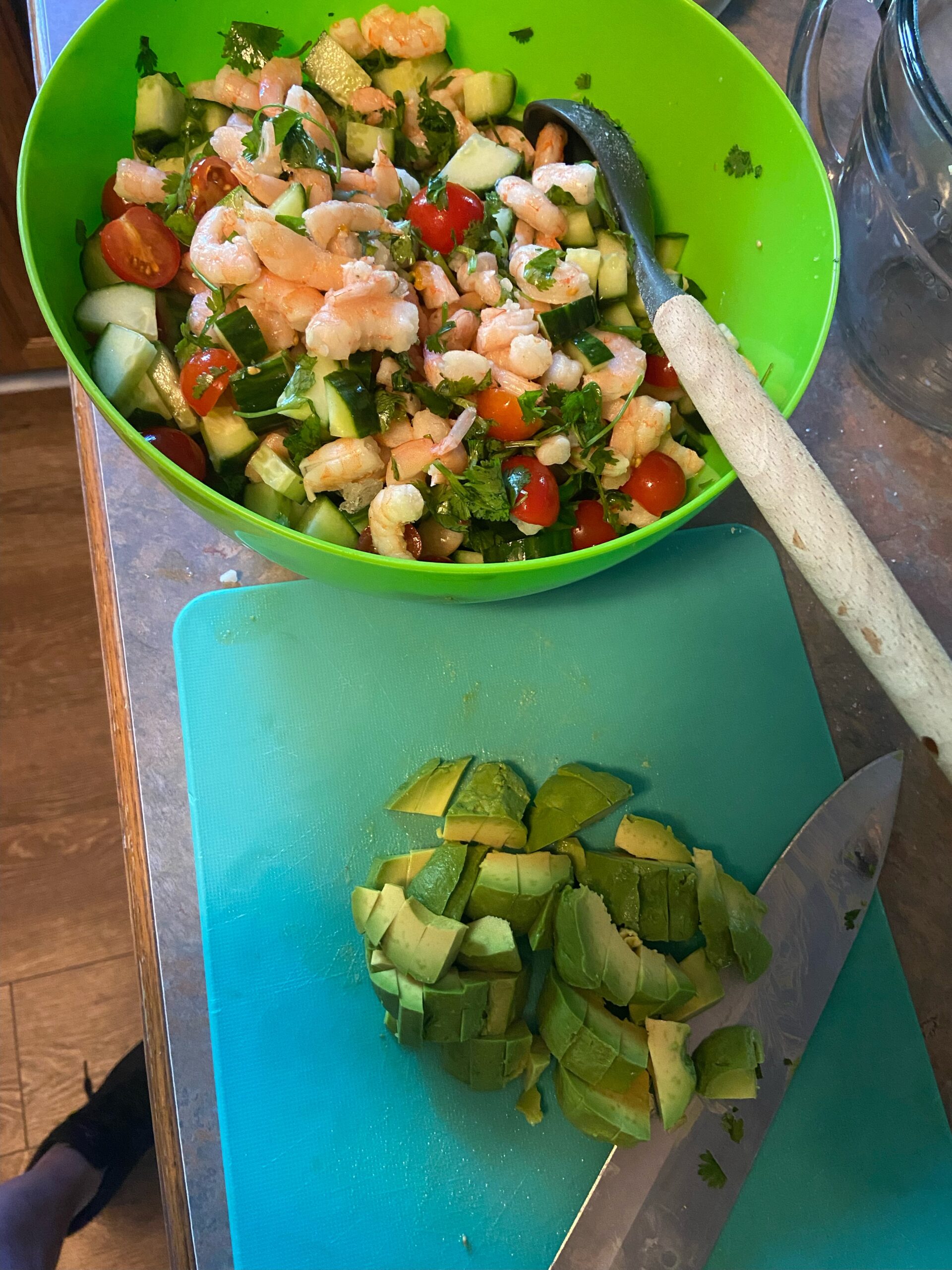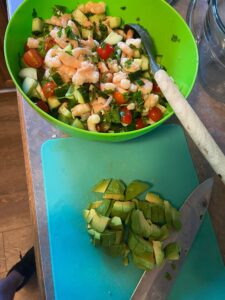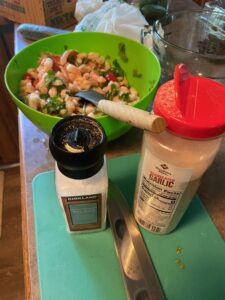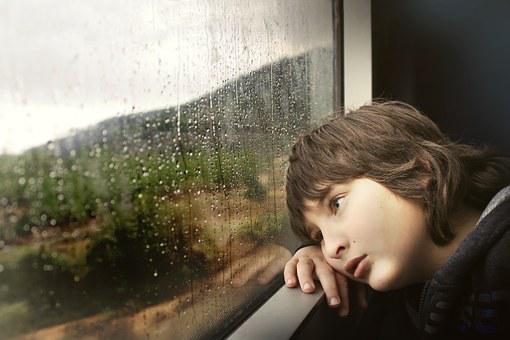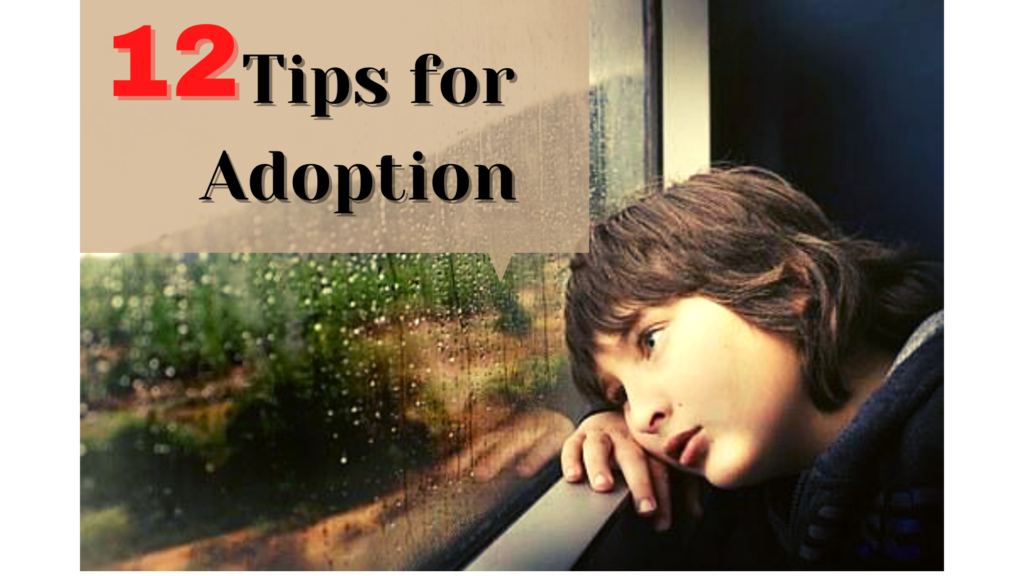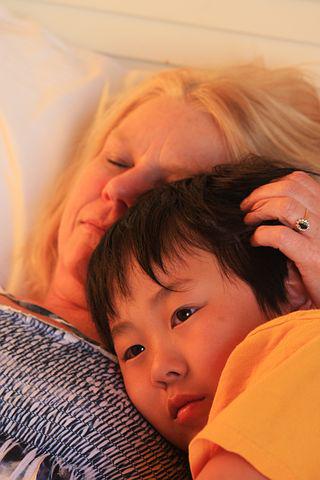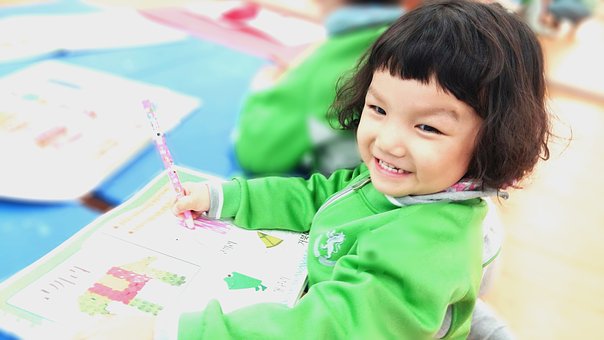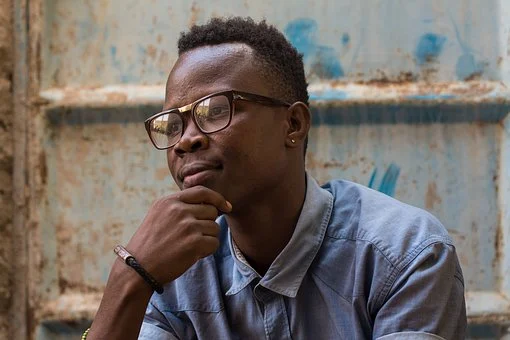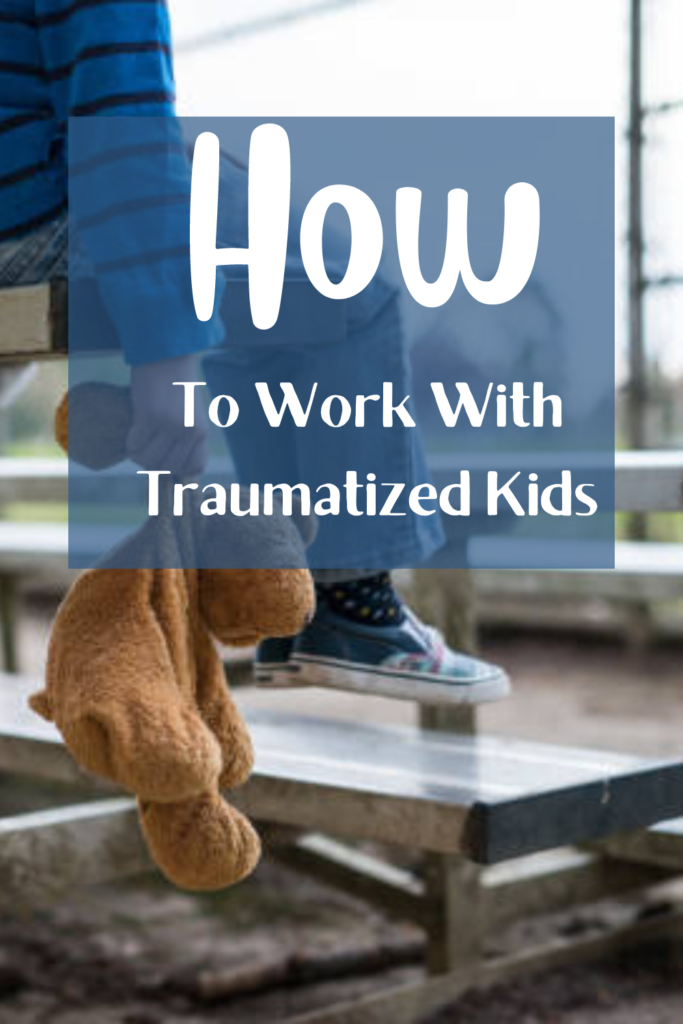
This lesson may contain affiliate links. Please read my disclosure for more info.
I want to start this article off by saying that I’m not a therapist and I will refer any non-typical behavior to your therapist. As a foster and adoptive parent, I can say that I’ve learned a few important keys along the way to working with traumatized kids. Children, in general, are raw with emotion and do not have a fully developed brain to execute good decision-making skills. Childhood is when they learn how to control their emotions and interact with the world around them in a correct manner. However, traumatized children are damaged through that process of learning. The learning that they achieve through trauma is survival. As single, foster, or adoptive parents, it’s our job to move children from survival to thriving in their environment.
The number one thing when it comes to children is don’t take it personally. This is so hard when children are screaming, punching, or targeting you. It can feel personal but in reality, whoever hurt them is who they are targeting you are just the stand-in. If you take their behavior personally you will react instead of respond. Reacting to negative behavior is a sure-fire way of causing more trauma in the long run not only to them but to you as well. When we react to behavior we kick into our animal brains and forget how to access rational thought, self-control, and wisdom. All of these tools are important for kids to learn and demonstrating these traits to them in the moment of tension help to teach them these tools to thrive in their environment.
Demonstration leads to learning. If you have ever heard a parent say “do what I say” you know that parents often don’t understand how children learn. Learned behavior is learned through modeling behavior. This is why very often you will have children who are abused and have violent and volatile behavior because that’s all they know. Believe the best about their heart intention. I know it’s hard to do this because we see malevolence in behavior and we want to feel justified in punishing behavior that feels personal. If you set the bar high by believing they had good intentions children will rise to that bar.
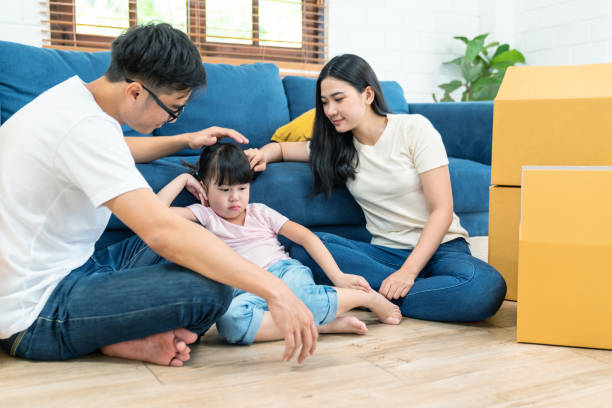
The second thing that is important with kids that are traumatized is what is the emotion behind the behavior. Behavior is a fruit of an emotion or experience. When a child misbehaves it’s not just as simple as they are doing it because they want to. Oftentimes, especially with traumatized children, they do it because they are afraid. If you punish with more fear their behavior will escalate and you will not get a resolution to the behavior.
For example, if you say it’s time to put your toys away so we can eat dinner and they respond by throwing a tantrum calmly sit with them eye to eye and say I’d love to talk as soon as you can calm down. Often times the lack of time pushes us to miss learning moments for our children. Repeat a simple command and remain calm. When you have them calm ask them if they are afraid they won’t be able to play with their toy again or if they are afraid it will get taken away. Tell them we will put it in a special spot so that it won’t be taken away and we can play with it again after dinner. This gives them power in the moment to feel like they are in control of something.

Third, help them feel they have control over something. As a child who has been traumatized a lot of life has happened to them they haven’t really been given a chance to happen to life. Find opportunities to make decisions throughout the day. Would you like the blue shirt or the red shirt? Would you like to walk or skip to the car? The goal is your objective gets met through fun and choices how the task is done. Many parents get confused with their choices. They hear that they need to give kids choices but they give them the wrong ones. The goal is the behavior you want gets done but how you do it is the choice.
An example of this would be getting a room clean. You tell your child to clean their room and they say no. Instead of getting in a verbal debate you say: Would you like to clean your room now or in five minutes? Would you like to play music while you are cleaning or would you like to have it silent? Would you like to put your toys away first or your clothes? These are the choices you give your child to empower them to feel in control of what is happening to them.
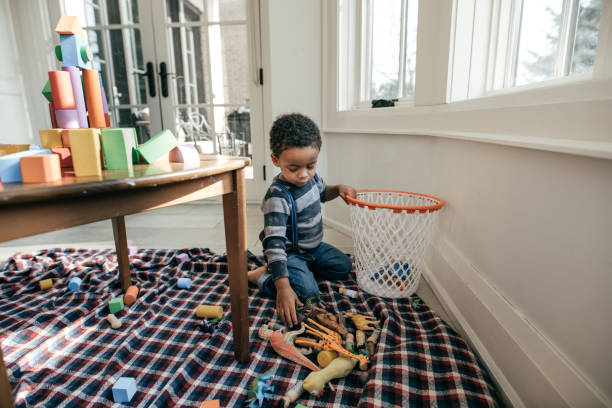
Fourth key would be to understand and learn about their triggers and past trauma. Not all children can verbalize what has happened to them but you can observe their behavior and guess to what kind of trauma they experienced. Especially when it comes to abuse there are 5 main kinds of abuse that can happen to children neglect, physical, mental, sexual, and verbal. With physical abuse children can flinch or become violent in times of correction of behavior. Mental abuse children will often find ways to manipulate situations to protect themselves. Sexual abuse will result often times sexual activity at an early age or for comfort during moments of stress. Verbal abuse can result in depression and self-harm. Neglect often results in animalistic behaviors like hoarding food or unable to maintain cleanliness.
All of these types of abuses are important to know so that you can address where behaviors stem from. When you can address where the behavior comes from you can find solutions that will heal the abuse and bringing in a behavioral specialist is very important when trying to help these kids. At home make the rules clear, maintain boundaries, be consistent with consequences and follow through. Many children with traumatic pasts have had unstable environments where they didn’t know what would set their caregiver off on the abusive path. Always remain as calm as possible and if you can’t remain calm walk away. The most important thing is self control in the face of an out of control child.

Fifth tip is to have a consistent schedule and boundaries. I had a foster daughter who had an extensive abuse background. Her behavior was out of control. After helping with boundaries and consistent expectations with follow through I created a chart for her. This chart helped her understand her task and what she was expected to do. She would move a magnet down the chart to show what task she was on. This helped her know what she was supposed to be doing and helped her feel rewarded for a task well done. The consistency really helped her behavior. Over time she understood what was expected and she knew how to perform. Boundaries help children feel safe. Especially for children who have been neglected, when they have a boundary, it helps them feel cared for.
With children who hoard or have food scarcity issues, I always allow them to eat as much as they want. I leave all cabinets and fridges open for them at all times of day and night. I won’t punish the kids if I find food in their rooms. Slowly over time with consistent meals and snacks they will grow to understand they don’t have to forage anymore. I never associate punishment with food or use food as a way to control behavior.
There are many other techniques and unique ideas that you can use for creating a safe space for children who are traumatized. Leave a comment below if you have ideas on how to help behavior!
For more articles on adoption and foster care check out the links below:

Sign up for your FREE GIFT below!








